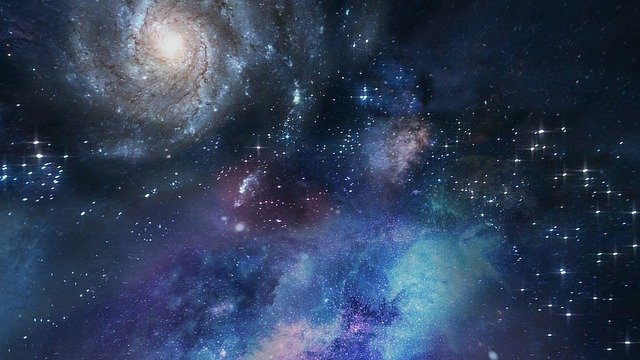A new image from the James Webb Space Telescope shows eight of Neptune’s moons and four of its rings – two of which haven’t been seen in more than 30 years
Neptune’s rings shine bright in an infrared image from the James Webb Space Telescope
NASA, ESA, CSA, STScI
The James Webb Space Telescope (JWST) has seen Neptune in extraordinary detail. The new image shows the planet’s rings, some of its moons and bands of heat around its surface.
While Neptune appears blue in visible wavelengths due to methane gas in its atmosphere, that methane absorbs the infrared light that JWST observes, so the planet appears a sort of glowing white colour when viewed in these wavelengths. The brightest areas are icy clouds high in the atmosphere, which reflect sunlight before methane can absorb it.
The new image also shows Neptune’s two bright rings, as well of two of its fainter ones. The rings are full of dust, which makes them dimmer and harder to spot than shining, icy rings like the ones that encircle Saturn.
Advertisement
“It has been three decades since we last saw these faint, dusty rings, and this is the first time we’ve seen them in the infrared,” said JWST scientist Heidi Hammel in a statement.
The last – and only – time we have seen the faintest of Neptune’s rings was when NASA’s Voyager 2 spacecraft flew past the planet in 1989.
Eight of Neptune’s moons are visible in the image as spots of light, the brightest being the planet’s largest moon, Triton. This moon system is particularly strange – Triton, for instance, orbits Neptune backwards – so additional JWST observations of both Neptune and Triton are planned for later in the year.
Sign up to our free Launchpad newsletter for a voyage across the galaxy and beyond, every Friday
More on these topics:

